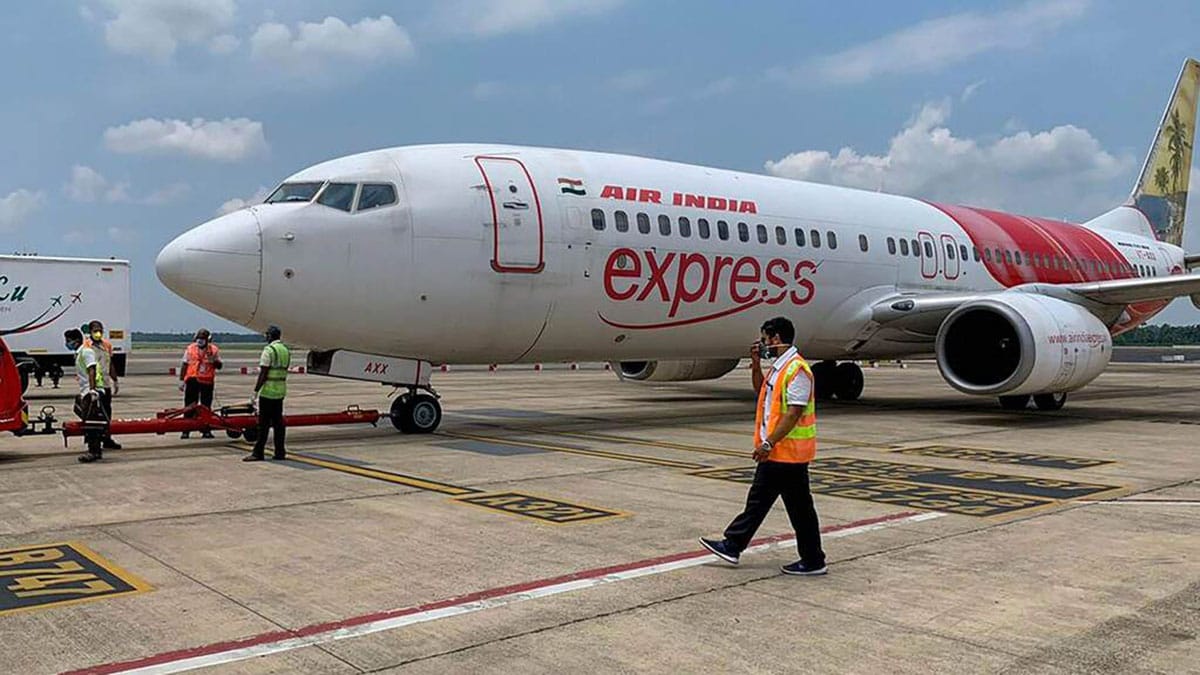As false bomb threats rattle the skies, Indian aviation grapples with significant operational disruptions and the urgent need for enhanced security protocols
read more
On October 16, Akasa Air flight QP 1335 was en route from Delhi to Bengaluru when it received a security alert. Carrying 174 passengers, three infants, and seven crew members, the flight was instructed to divert to Indira Gandhi International Airport in Delhi. Concurrently, IndiGo flight 6E 651, travelling from Mumbai to Delhi, was redirected to Ahmedabad due to a similar alert. Passengers were safely disembarked, with the airline reiterating its priority on safety and security.
These incidents were part of a broader pattern, as at least 12 Indian flights received hoax bomb threats within three days. Notably, an Air India flight bound for Chicago was diverted to a Canadian airport, while other flights from Mumbai faced significant disruptions. Although all threats were ultimately found to be false alarms, the repercussions were far-reaching.
Financial burden of false alarms
The operational costs associated with these bomb threats can be staggering. Taking the Air India flight from Mumbai to New York as a case in point, the diversion caused the airline to incur substantial additional expenses. The flight, already airborne, required rerouting to Delhi, leading to a delay in its departure for New York. As a result, passengers were accommodated overnight in Delhi, adding further financial strain. According to a report from CNBC-TV18, operating costs, including fuel, crew and catering, amount to approximately Rs12 lakh per hour. Given the two-hour diversion, this alone resulted in an additional cost of Rs24 lakh.
Moreover, the need to dump approximately 70-80 tons of fuel before landing not only exacerbated expenses but also raised environmental concerns. Airlines must also account for the logistical challenges and expenses related to infrastructure use at the airport, further compounding the financial impact.
Broader implications for airlines
The consequences of bomb hoaxes extend beyond immediate operational disruptions. These incidents can result in significant financial costs that affect various aspects of airline operations. Initial disruptions lead to delays and cancellations, resulting in expenses for refunds, rebooking passengers and compensating for inconveniences. Increased security protocols necessitate heightened staffing and operational costs for security personnel, placing additional burdens on airlines.
Emergency response costs contribute to the overall financial burden. Engaging law enforcement, bomb squads and emergency services for investigations incurs substantial expenses including overtime pay for involved personnel. Additionally, airports may need to enhance their security infrastructure and technology, leading to capital expenditures aimed at ensuring safety against future threats.
Long-term effects on passenger trust and airline reputation
Frequent bomb threats can severely damage an airline’s reputation, impacting passenger trust and, ultimately, ticket sales. The emotional distress experienced by passengers during such crises can lead to long-term effects on customer loyalty. Airlines face the challenge of regaining consumer confidence, which may take years, particularly in an environment where safety is paramount.
Legal and regulatory costs also come into play, as airlines may face investigations or legal challenges related to bomb hoaxes. This can lead to legal fees and potential fines if found negligent. Insurance costs are another significant factor, as frequent hoaxes may lead insurers to increase premiums for security and liability coverage. Additionally, airlines might face compensation claims from passengers for emotional distress, further adding to the financial impact.
Governmental response to aviation security threats
In light of the surge in hoax bomb threats, top officials from the Ministry of Civil Aviation and Home Affairs convened an urgent inter-ministerial meeting, said a report in The Economic Times. This gathering, led by Civil Aviation Minister Ram Mohan Naidu, was prompted by the alarming frequency of bomb threats. Although all threats were deemed hoaxes, the resulting diversions and delays highlighted the urgent need for enhanced security measures and collaborative efforts among government agencies and aviation stakeholders.
From immediate financial burdens to long-term reputational damage, the effects of such incidents are far-reaching. Addressing these challenges head-on is imperative for the aviation industry to sustain its operational integrity and passenger trust in the years to come.

